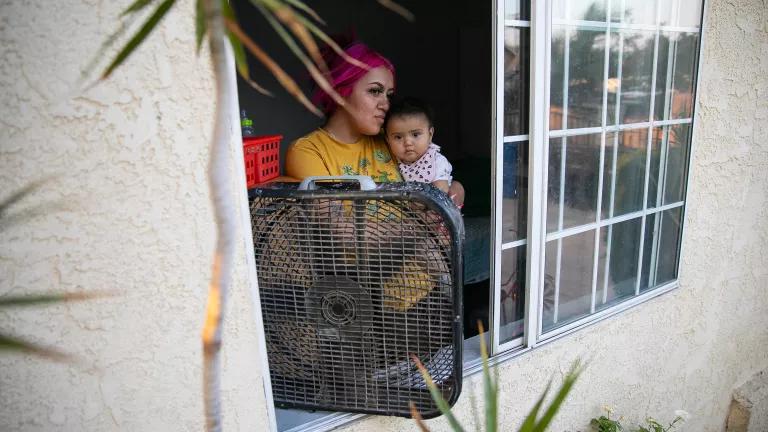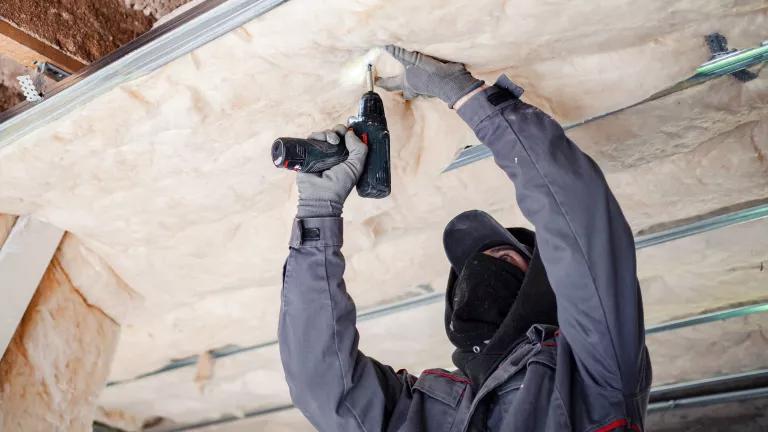State Leadership Required to Bolster the Actions of CA Cities and Tackle Pollution from Buildings
While the 9th Circuit Court ruling threatens local government action to cut pollution from gas appliances, California policy makers have several opportunities this legislative session to reinforce that local leaders are far from alone in the important work to get fossil fuels out of our homes.

In 2019, local policymakers in California cities were fed up. The Trump administration was waging a full throttled attack on climate policy, even as the devastating consequences of climate change from extreme heat to wildfires wreaked havoc on California communities. Local governments desperately wanted solutions, and the federal government was not providing any.
So local leaders took matters into their own hands, and began searching for ways to advance climate policy in the absence of national leadership. Cities found that municipal codes were a key opportunity to reduce pollution that sat squarely in their wheelhouse, and in 2019, Berkeley, California passed the nation’s first policy to phase out gas in new construction.
In the years since, transitioning to all-electric construction has grown into a national movement, and all-electric new homes are now being built across California and the country. But this local government avenue for climate progress suffered a setback last month when a federal court ruled that Berkeley’s policy to phase out gas hookups in new homes and buildings was preempted by federal law.
Fortunately, the decision from the 9th Circuit Court addresses only one of several pathways for local leaders to cut pollution from gas appliances, and one that only a handful of the more than 100 local governments nationwide with electrification ordinances on the books have taken. One court ruling will not stop the growing building electrification movement. But it is vital that cities maintain all legal pathways to protect public health, cut climate emissions, and increase safety by phasing out gas in new construction and upgrading existing buildings to rely on clean energy technologies.
This ruling underscores the urgent need for more state leadership on tackling pollution from homes and buildings to bolster the actions of local governments, who have for so many years championed this issue. California policy makers have several opportunities this legislative session to reinforce that local leaders are far from alone in this important work:
- State budget investments to decarbonize homes, schools, and community buildings. Last year, Governor Newsom and the legislature committed to multi-year funding for programs to expand access to zero-emission electric appliances like heat pumps in homes, schools, and community buildings. The majority of these funds were dedicated to low-income households and disadvantaged communities. But in this year’s budget, Governor Newsom proposed reducing this funding. California legislators must ensure we follow through on this commitment. In the wake of the 9th Circuit Court’s ruling this week, support for families in accessing electric heat pumps is more important than ever.
- A clear decarbonization strategy for California. Legislators should stand behind (AB 593) – a bill that would direct the state of California to create a strategy for how to cut emissions from homes and buildings in line with the states’ climate targets. California has developed emissions strategies for other polluting sectors, like transportation, but no such plan currently exists for buildings. AB 593 will fill that gap, reinforcing local action.
- Quality HVAC installation and leveling the playing field for efficient electric heat pumps. California legislators should support the state in addressing a critical, but underappreciated, driver of climate pollution from homes and buildings: poorly-installed HVAC units. Installing units properly can reduce energy use by up to 40%, lowering energy bills for households, while cutting pollution. Passing SB 795 (Stern) will help ensure that HVAC systems are properly installed by improving permit compliance. The time of HVAC installation is also an important intervention point to ensure that safe, climate-friendly equipment is installed and that the old HVAC system, including the refrigerant, is disposed of properly.
While 9th Circuit Court ruling is a hindrance, key ground can be made up this session to further bolster the momentum toward clean, affordable, all-electric homes. With these steps, California state leaders can help safeguard the nation-leading efforts of local climate champions who are fighting every day on behalf of their constituents to build climate-resilient, healthy communities.




